The Salty Taste of Happiness
There are also a few striking moments of mise-en-scène. For instance, the breakup scene between Grigore and Cornelia Grigoriu’s character, which takes place in an empty swimming pool.
Grigore (Mitică Popescu) is a young construction engineer who has recently found himself alone. His lifestyle seems to be the issue—his former partner says so in a note, citing the constant relocation from one construction site to another as the reason for their breakup. Despite the evident heartbreak, he leaves his comfortable office and heads to his next project: a construction site in the provinces, a textile factory. His manner soon proves incompatible with those in charge of the site. Under pressure from the director (Dorel Vișan), a colleague (Vasile Cosma), a subordinate (Gheorghe Visu), and workers who are not receiving their wages, all urging him to sign a faulty document, Grigore firmly holds his ground.
A contour of the man emerges: a rum drinker, a passionate handball (not football) fan, a self-taught English learner using cassette tapes, and, at the same time, a dedicated communist. Yet, Grigore never fully materializes as a character. His iron determination only adds to the audience’s confusion, making it likely that they won’t fully grasp the power dynamics at the construction site or the crisis of whether the concrete should be used in one section or another—because these elements are not effectively articulated. No matter how colorful Grigore is—with his ever-present blue jeans, his head plunged into a sink of cold water after a heavy night of drinking, and his sharp remarks—there is a persistent sense that something is missing.

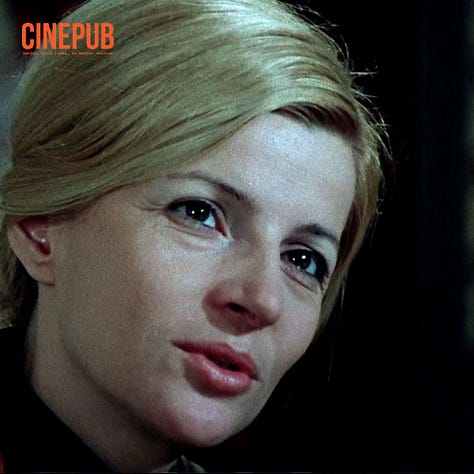
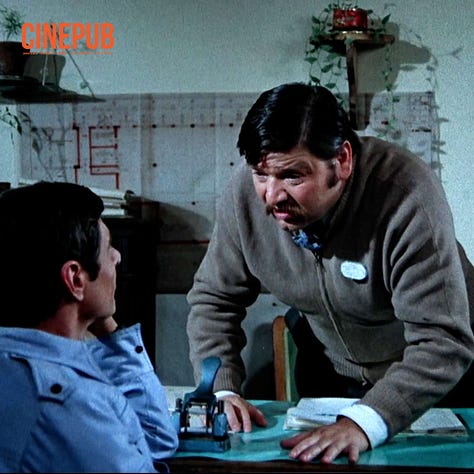
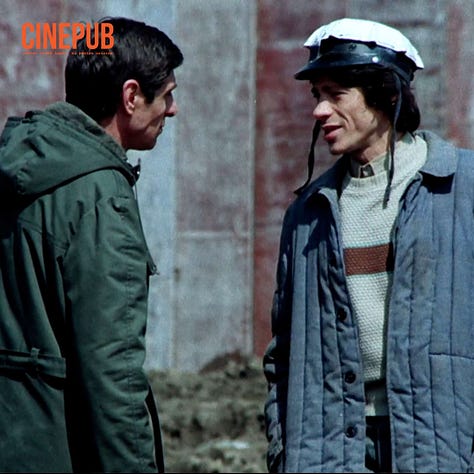

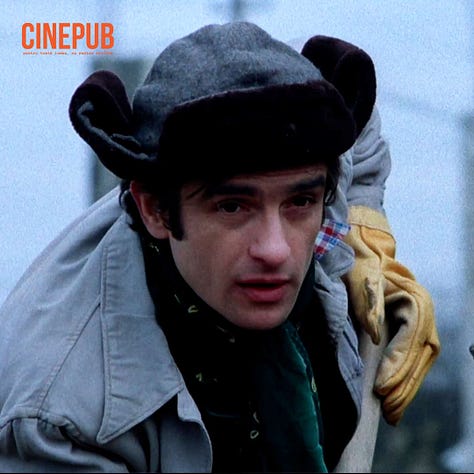
Not even his romance with his colleague, played by Cornelia Gheorghiu—who, as we understand, is also alone and principled, with a perfectly set hairstyle and an exceptional skill behind the wheel—manages to save him. Torn between fighting to correct the workplace irregularities and his attempts at romantic connection, Grigore retains his aura of a cynical expert. All that remains for him is to half-heartedly listen to his close ones’ advice: to soften up, to gain some humanity, and to collaborate.
Unlike “A Midsummer Day's Smile” (1963, dir. Geo Saizescu), which I previously wrote about here — a film that also follows an “outsider” forced to conform to social norms—”The Taste and Color of Happiness” (1978, dir. Felicia Cernăianu) does not seek the unconditional integration of the individual into the (in this case, inefficient) rhythm of work. Instead, it observes, with a certain admiration, the persistence of a pseudo-outcast trying to set things right. Between these two films, we can tell that societal perception had shifted: from a world fully committed to a bright, progressive future to one where utopia has been stalled in bureaucracy and small-scale incompetence.

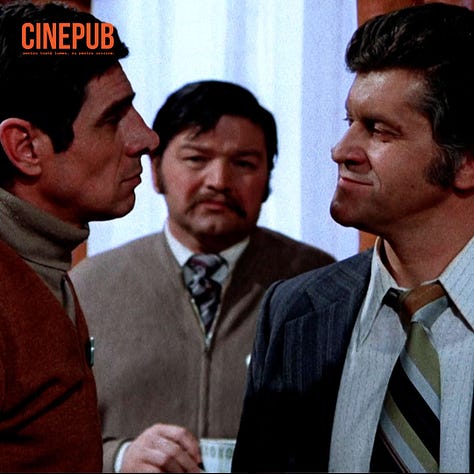
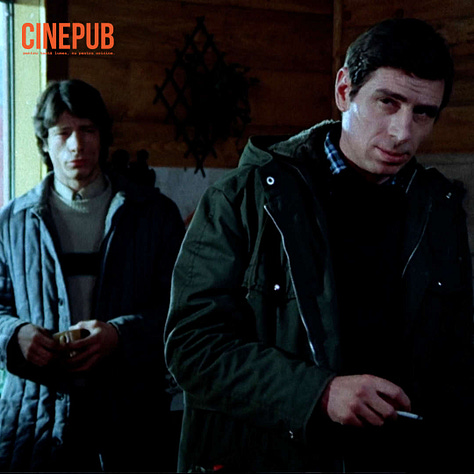
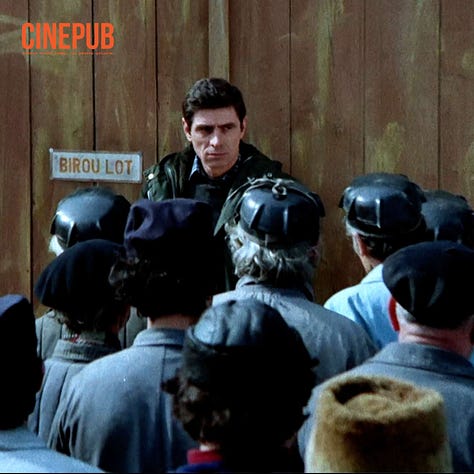
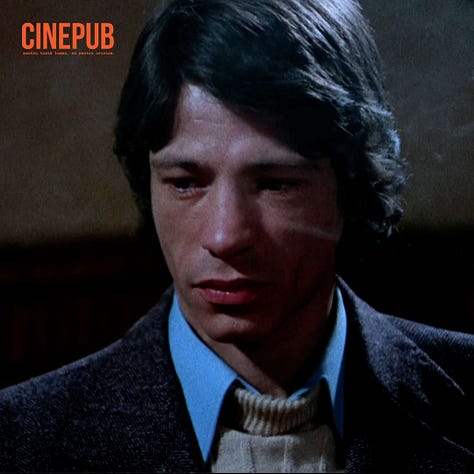

The screenplay feels expository and weak in dialogue. Not even the execution manages to salvage the set-in-stone storyline. Felicia Cernăianu’s direction, which we are familiar with from her student short film “Song” (1968), rarely stands out. Much of “The Taste and Color of Happiness” was shot on the soundstages of Buftea, with an extremely standardized approach. The film seems to be shrouded in the gloomy haze of uninspired lighting choices. The atmosphere feels either stagnant or rigid, creating an overall sense of unintentional suffocating claustrophobia.
There are small moments of spontaneity—a few documentary-style shots of people on the street, a scene where Maria (Adriana Șchiopu), a technician and Grigore’s colleague, instinctively covers her ears just before he furiously slams the door. Or the moment when Grigore briefly interacts with a textile worker (Rodica Negrea), asking her to call the supervisor, and the young woman, anxious yet polite, immediately complies.
There are also a few striking moments of mise-en-scène. For instance, the breakup scene between Grigore and Cornelia Grigoriu’s character, which takes place in an empty swimming pool. He stands at the bottom, while she is at the upper edge, and the geometric, flattened framing creates a sense of disconnection between the upper and lower halves—giving the impression of an image that has been cut apart, therefore creating a visual metaphor.
It is well known that, at the time, job assignments in the film industry were even more dictated by gender than they are today. This was evident, for example, in how women were often steered toward editing due to their supposed meticulousness or in the fact that the role of “script supervisor” was explicitly called “script girl”. When it came to directing, women were most often assigned to documentary projects, considered easier to manage.

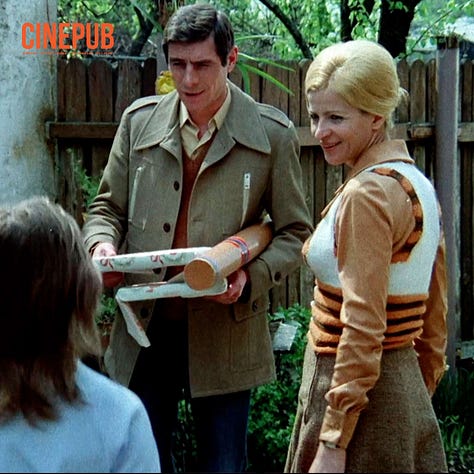
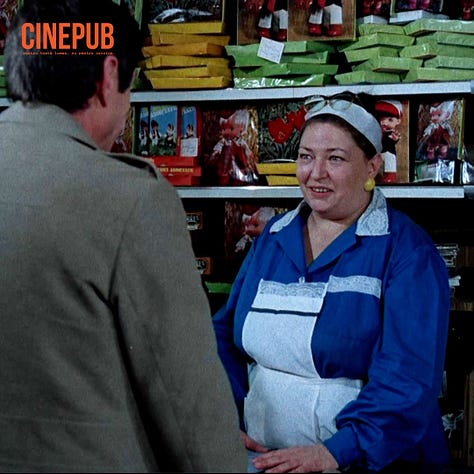
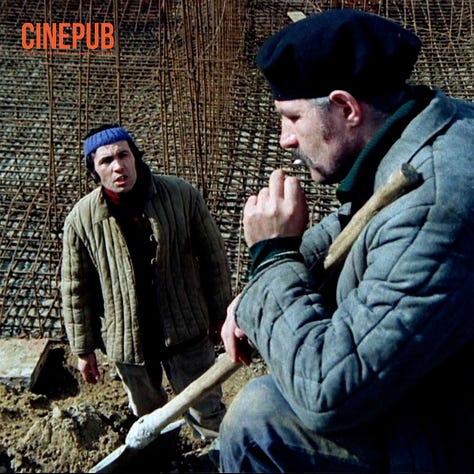
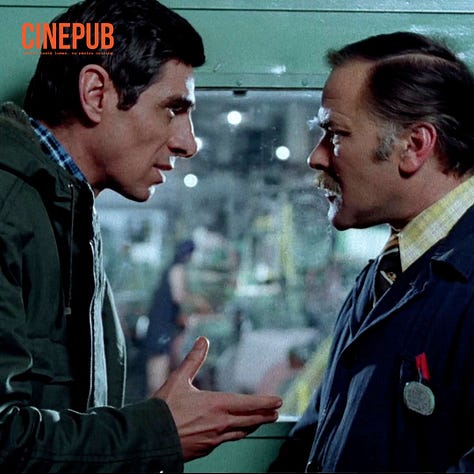

In the case of Felicia Cernăianu, “The Taste and Color of Happiness” was her first and only feature-length project. Just as the opening scene of the film, where Grigore drowns his sorrow in the train’s dining car while a rainy rural landscape rolls past the window, does not make “The Taste and Color of Happiness” a “Love in the Afternoon” (1972, dir. Éric Rohmer), neither does Cernăianu’s student short film “Song” lend much light to what lies behind the direction of tonight’s premiere.
The fact that the documentary-style sequences stand out the most in the film could have two explanations. One might be the director’s stronger experience in the documentary field. Another could be the rigid norms of production practices, which have limited (and, in certain areas of the global industry, continue to limit) the creative exploration of a given subject.
“The Taste and Color of Happiness” is Felicia Cernăianu’s first and only feature-length project. Just as the opening sequence of the film—where Grigore drowns his sorrows in the train’s dining car while a rain-covered rural landscape unfolds beyond the window—does not turn “The Taste” into “L’amour l’après-midi” (1972, dir. Eric Rohmer), neither does Felicia Cernăianu’s student short film, “Cântec”, shed much light on the directorial execution of the film premiering tonight. But in its roughly ten minutes, it conveys enough vibrancy to make us certain that more could have been achieved.
(Emil Vasilache, cinepub.ro)
This week's premiere: The Taste and Color of Happiness by Felicia Cernăianu, Thursday, february 27, at 9:00 p.m EEST, on CINEPUB.RO
Cinepub is the one and only, legally operating and free of charge, AVoD platform, dedicated to the Romanian cinema: independent, contemporary, or classic. Our comittment to remain “free” means hundreds of monthly hours of volunteer work of a (very) small team of passionate individuals.
Your donation can help us cover some of the costs of securing some distribution rights, covering the basic costs or just keeping the platform updated; in a nutshell, to survive! If you like what we do, if you read what we write, if you watch the films we show, consider supporting us. We need your help. Thank you!





